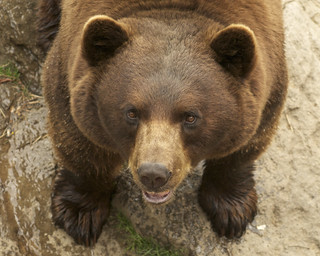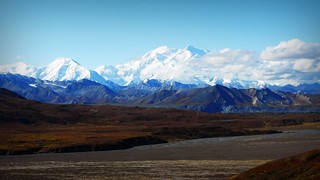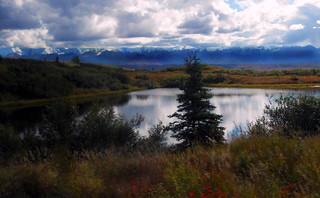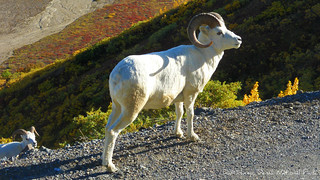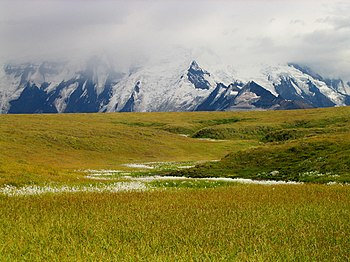 |
Fish sampled in four Alaskan national parks have tested positive for mercury and in some cases exceeded State of Alaska unlimited human consumption thresholds for women and children.
The testing was part of a multi-year U.S. Geological Survey and National Park Service study of fish in remote, high elevation lakes and streams in 21 national parks across 10 western states and Alaska. Mercury was found in all fish sampled though levels of the chemical harmful to fish, other wildlife and humans, varied.
"Although fish mercury concentrations were elevated in some sites, the majority of fish across the region had concentrations that were below most benchmarks associated with impaired health of fish, wildlife, and humans. However, the range of concentrations measured suggest that complex processes are involved in driving mercury accumulation in these environments and further research is needed to better understand these processes, and assess risk," said USGS ecologist Collin Eagles-Smith, the lead author of the publication.
The Alaska surveys took place at Denali National Park and Preserve, Wrangell-St.Elias National Park and Preserve, Lake Clark National Park and Preserve and Glacier Bay National Park and Preserve. Mercury concentrations were measured in lake trout, arctic grayling, kokanee, Dolly Varden and northern pike.
Some fish in Wrangell-St. Elias National Park and Preserve and Lake Clark National Park and Preserve exceeded thresholds recommended by both the State of Alaska and the Environmental Protection Agency for unlimited human consumption by women and children.
State of Alaska human consumption thresholds start at 150 parts per billion. Lake trout, with average concentrations as high as 417 parts per billion were found in one lake in Wrangell-St. Elias National Park and Preserve. The average concentration in lake trout in Lake Clark was 365 parts per billion. Mercury levels were low in Denali National Park and Preserve and Glacier Bay National Park and Preserve.
Lake trout are a relatively long-lived fish species at the top of the food web, and as such are more likely to accumulate mercury and other toxins over their lives than other species of fish. They are not consumed in great quantities by either sport or subsistence fishermen so the risk to people is likely low, but variable given location and frequency of fish consumption. The extent of the effects on fish-eating birds and mammals that depend on lake trout for survival is unknown.
Fish continue to be a nutritious food source. Many fish species, including salmon, are low in mercury. Women who may become pregnant and parents should reference fish consumption guidance developed by the State of Alaska at http://www.epi.
The study, "Mercury in fishes from 21 national parks in the Western United States – Inter and intra-park variation in concentrations and ecological risk," is available online at http://pubs.usgs.gov/of/





